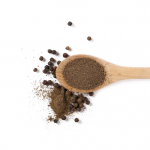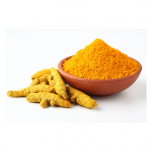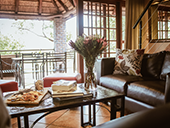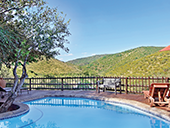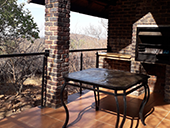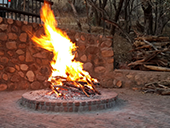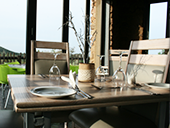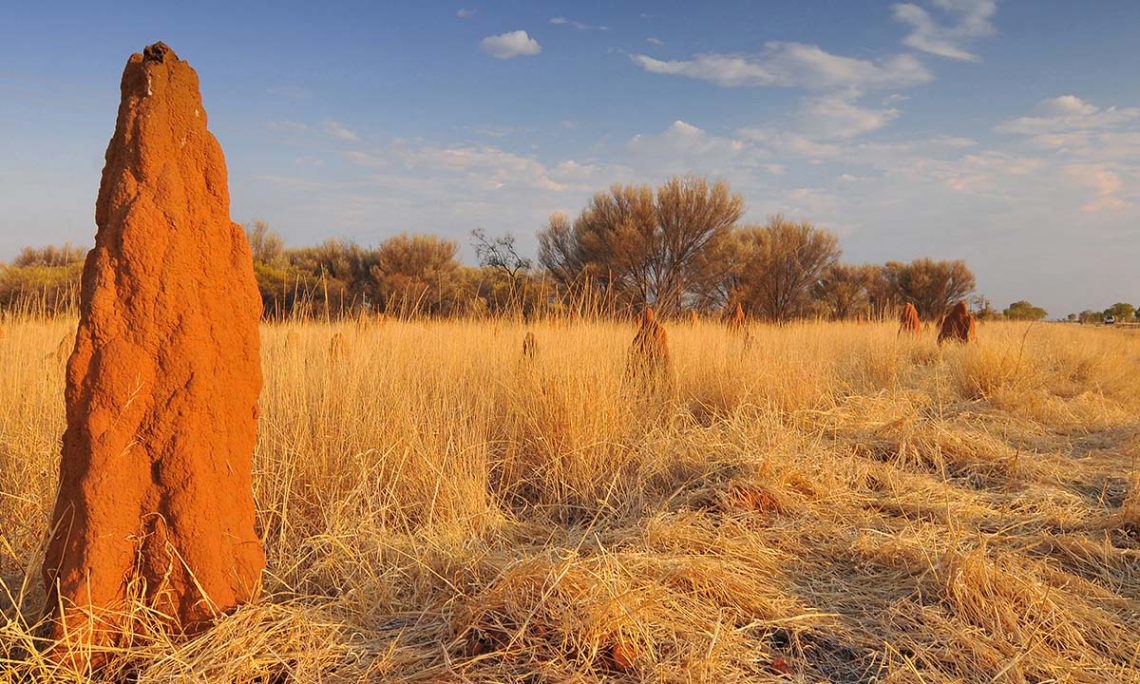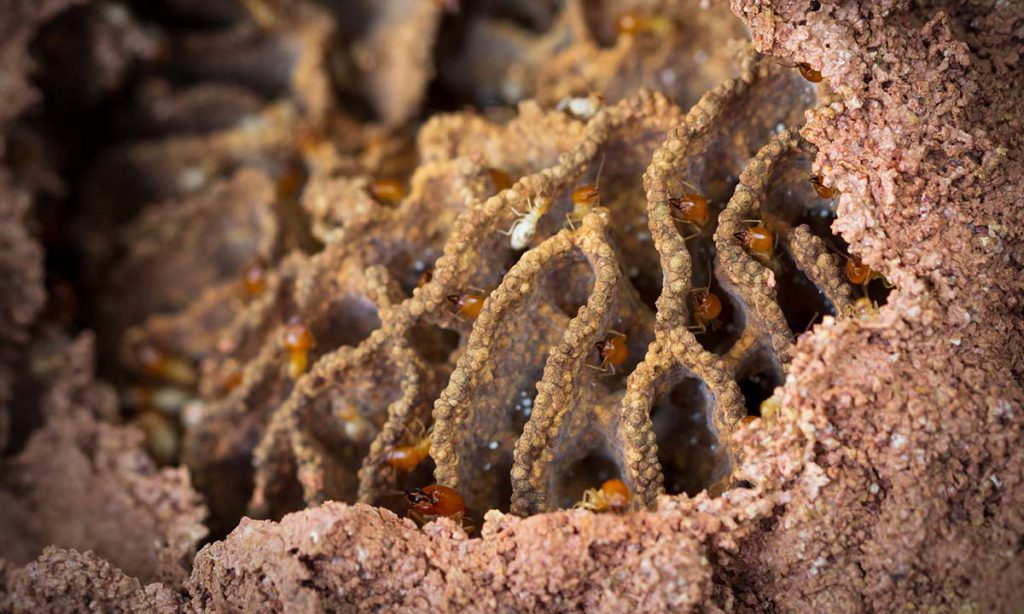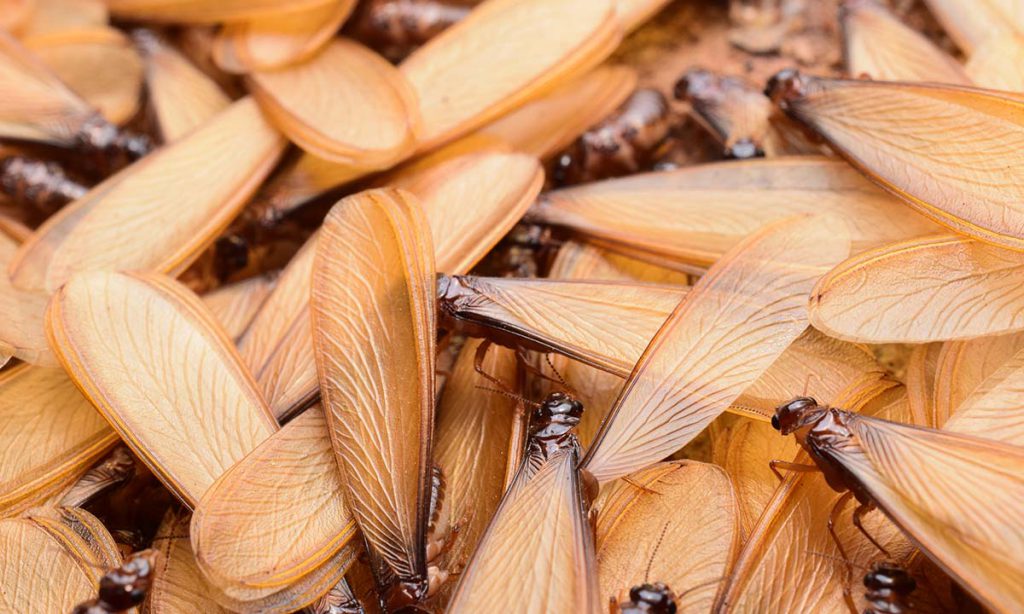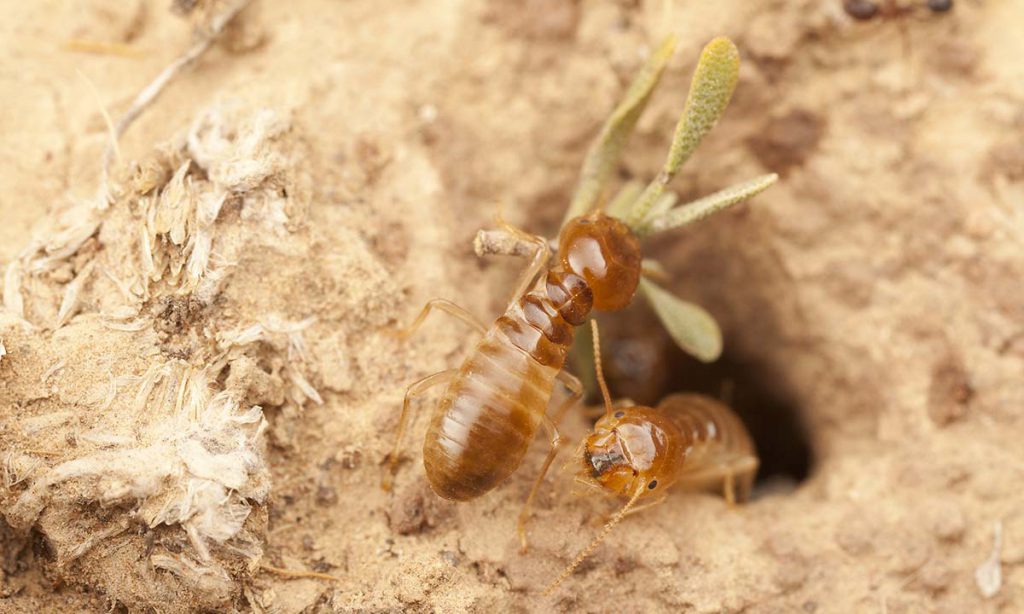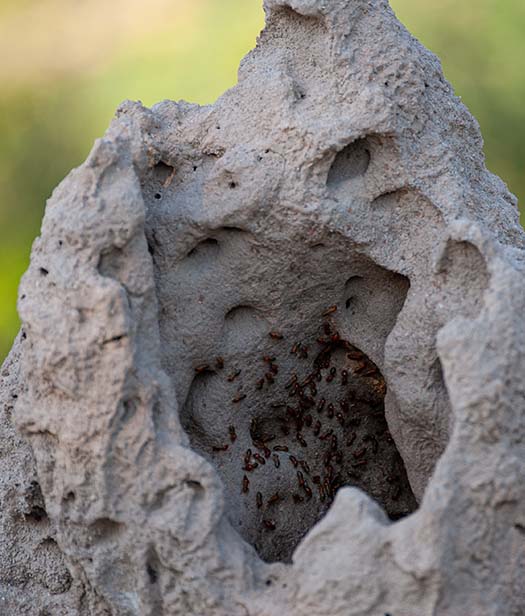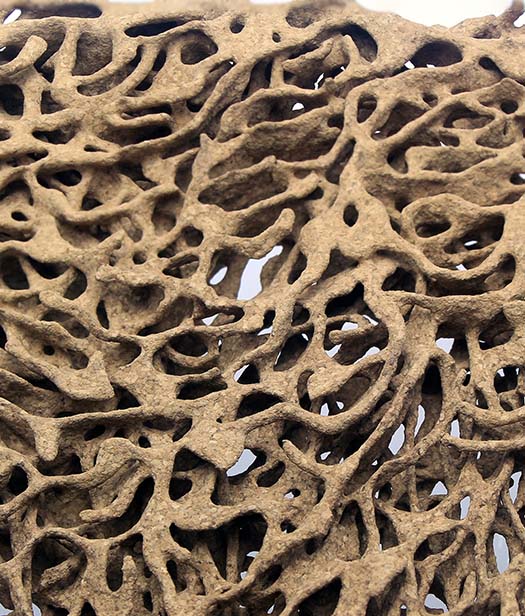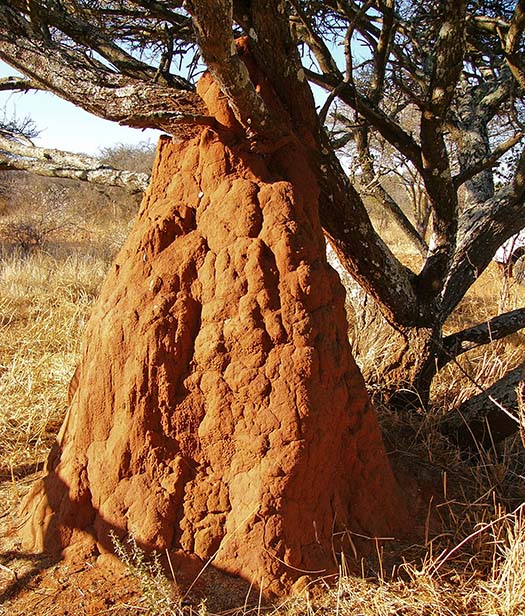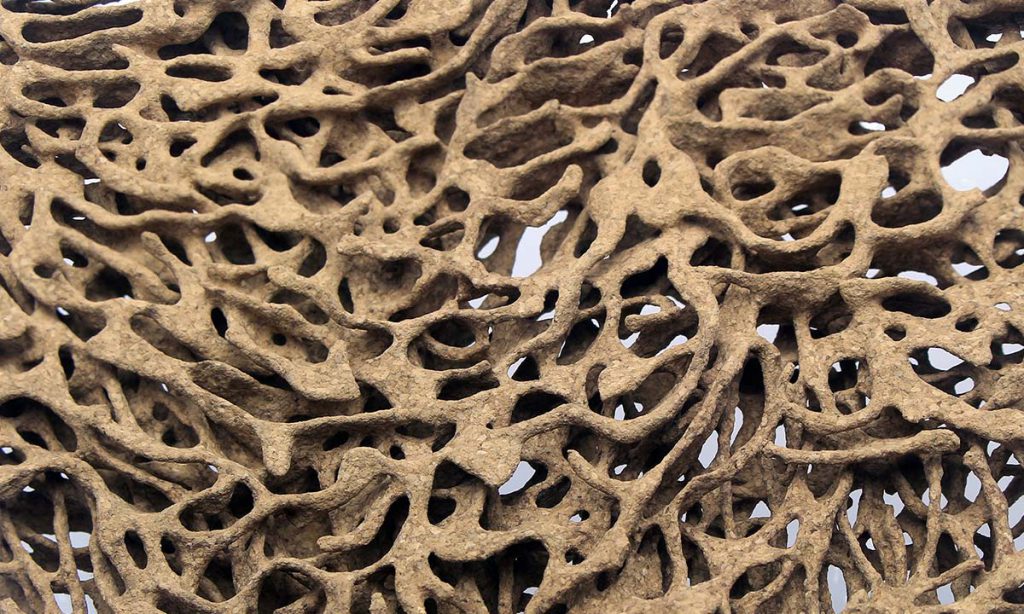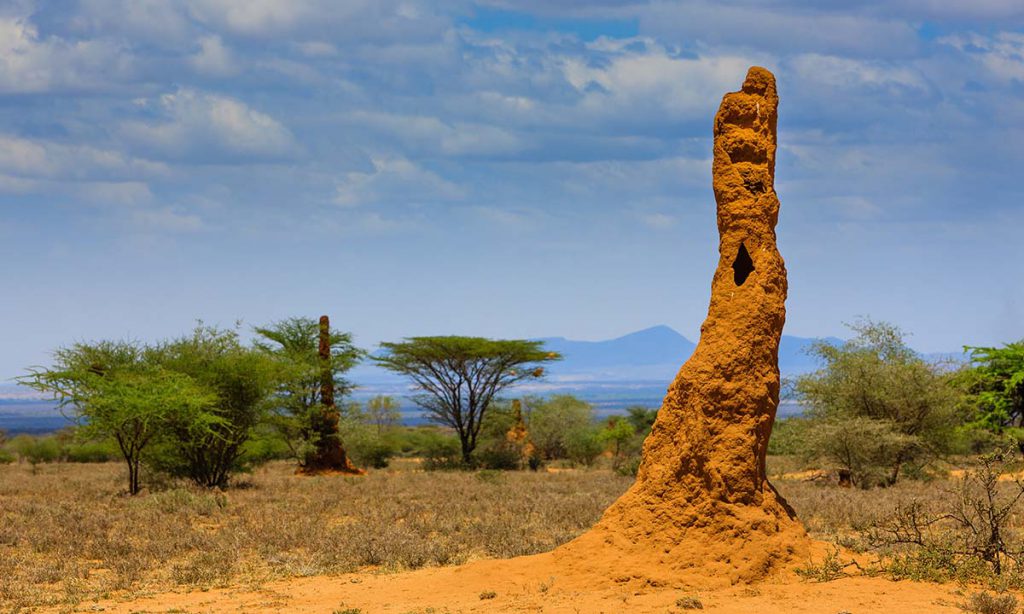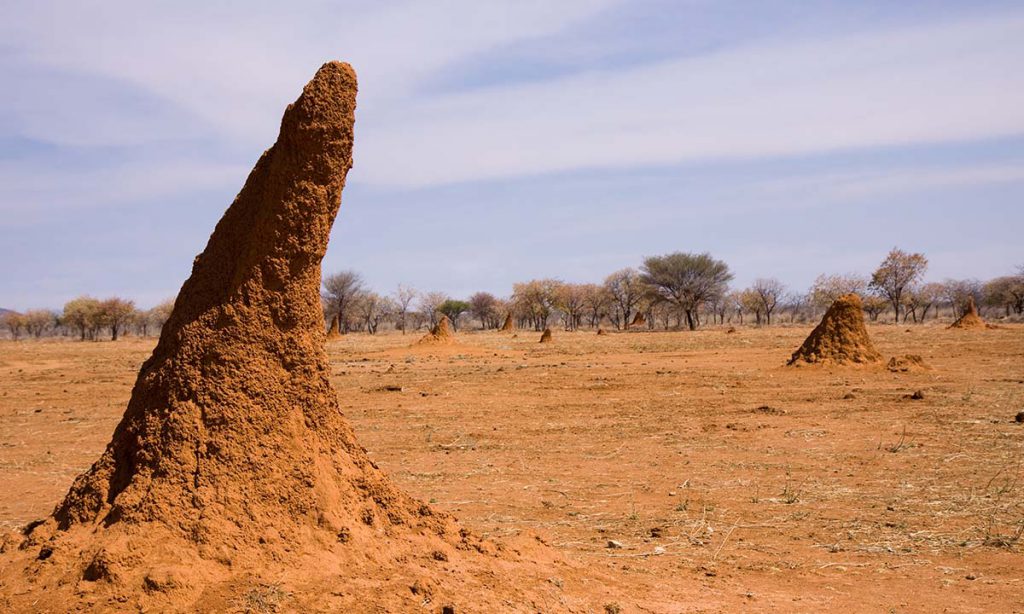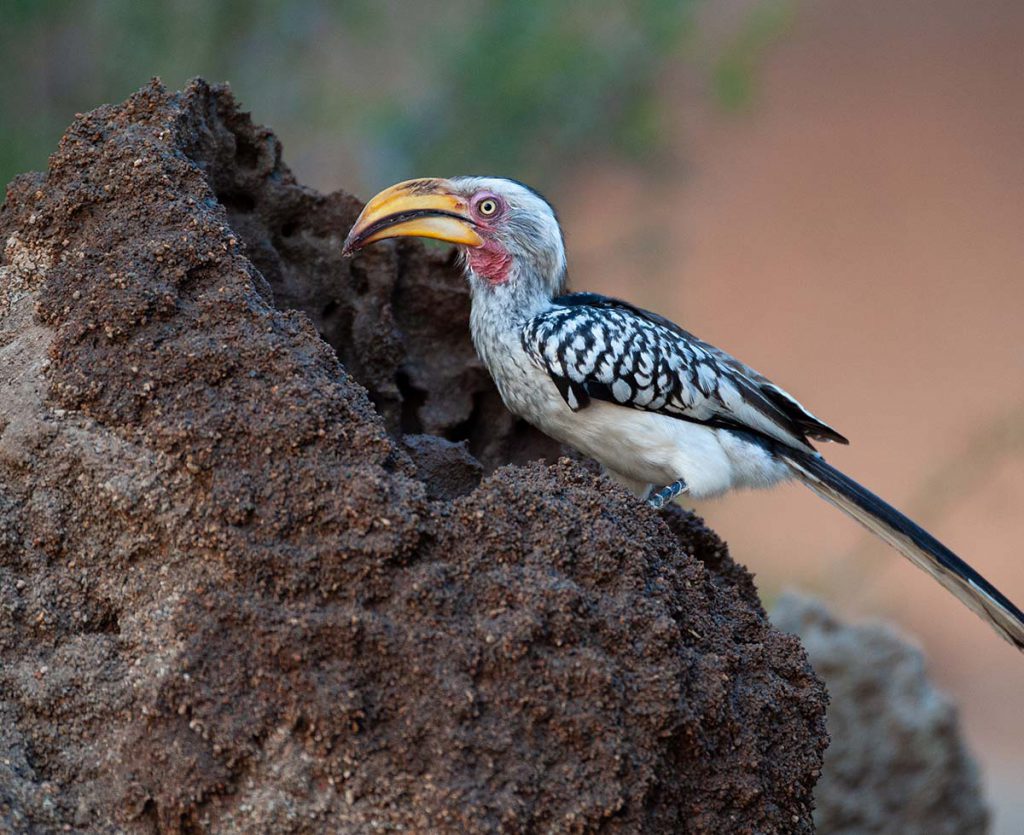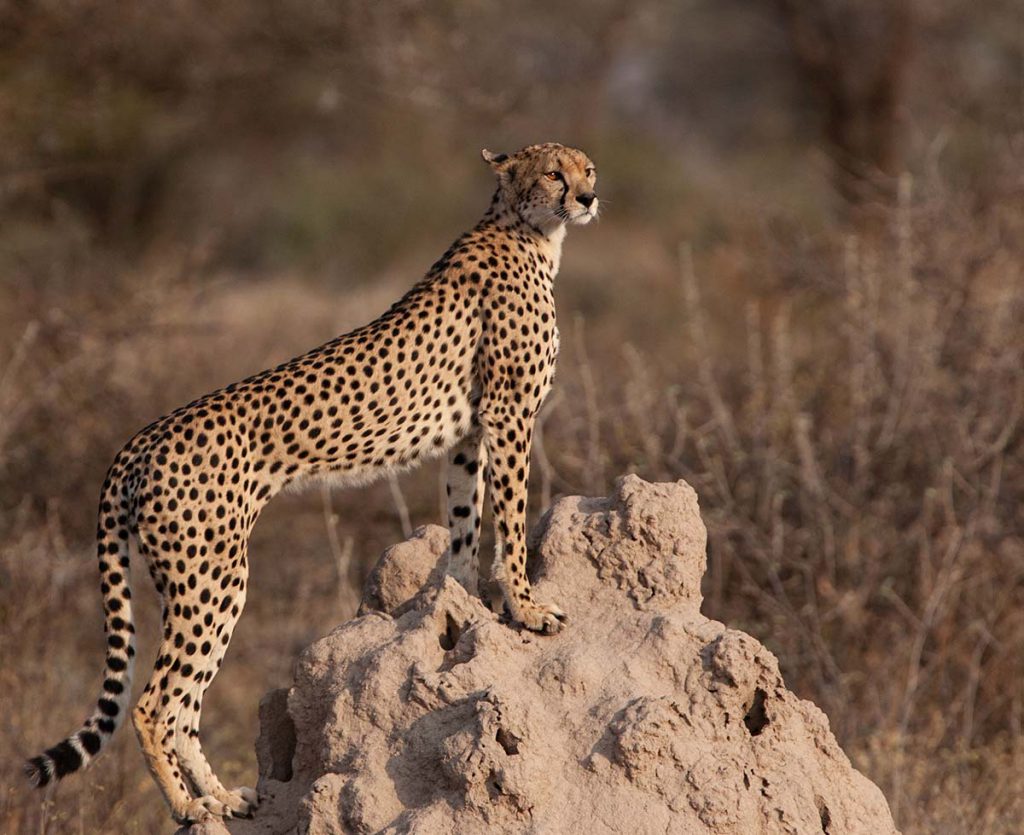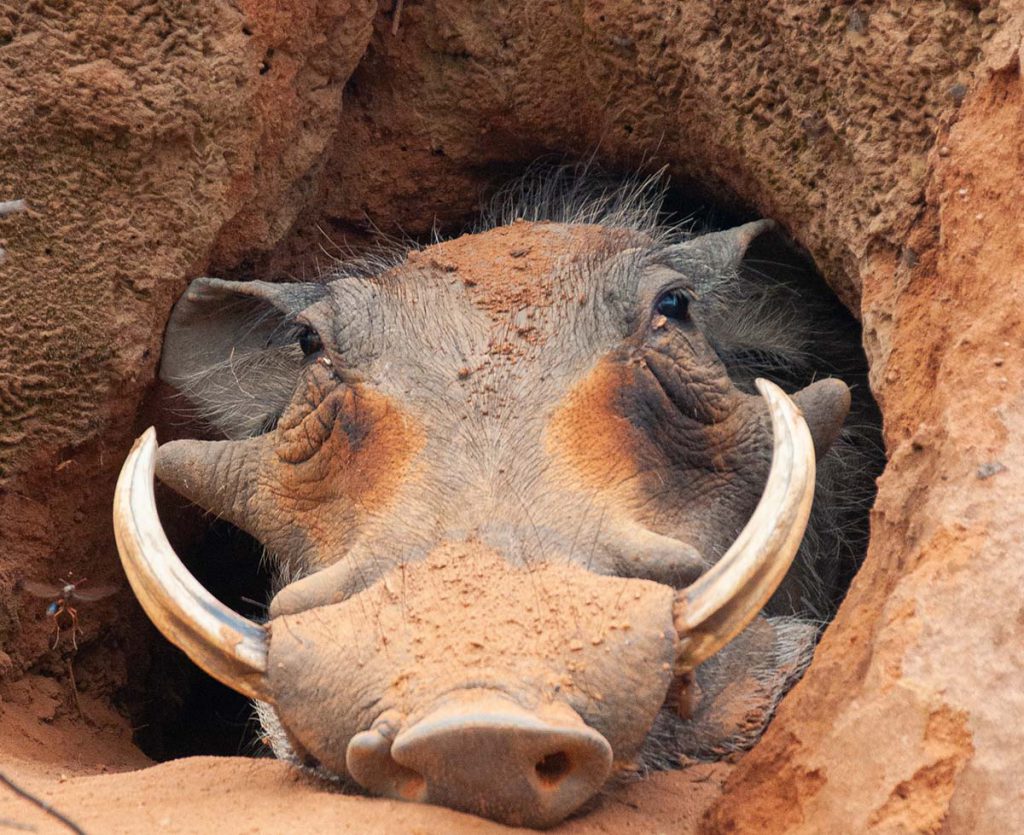Not only is litter an eyesore to the natural beauty, but it has an adverse impact on the environment and animals and, ultimately, on us. Individually, people often think that they are small in the grand scheme of things which has been a contributing factor to why most people do not believe that throwing a candy wrapper on the ground will have much of an effect on the world, but it does. This is why it is of utmost importance to shine the spotlight on this issue of littering in order to understand what an enormous impact it has.
Effect of litter on animals and the environment
Not all rubbish is properly disposed of and that litter is likely to get blown by the wind or carried elsewhere by water. This can be hazardous to animals in more ways than one. Unfortunately, animals often mistake rubbish for food. In the oceans, the main form of litter is plastic. National Geographic reported that, in 2015, the ocean had 5.25 trillion pieces of plastic debris in it, and since plastic often has additives that make it stronger and extend its life, it can withstand weathering for a long time. This also means that it is not easy to digest when ingested. This has resulted in animals’ digestive systems being blocked causing them to die a slow and painful death.
Animals can also suffer cuts from broken glass, which can cause terrible injuries, or cause wounds that may become infected. Many creatures find themselves caught-up in plastic six-pack rings, or tangled in strings or nets. This usually leads to the animals suffocating or starving to death. This also makes them more vulnerable to predators as their movement is restricted. Fire hazards and habitat contamination and degradation are other results of littering that disrupt ecosystem processes and threaten the survival of wildlife.
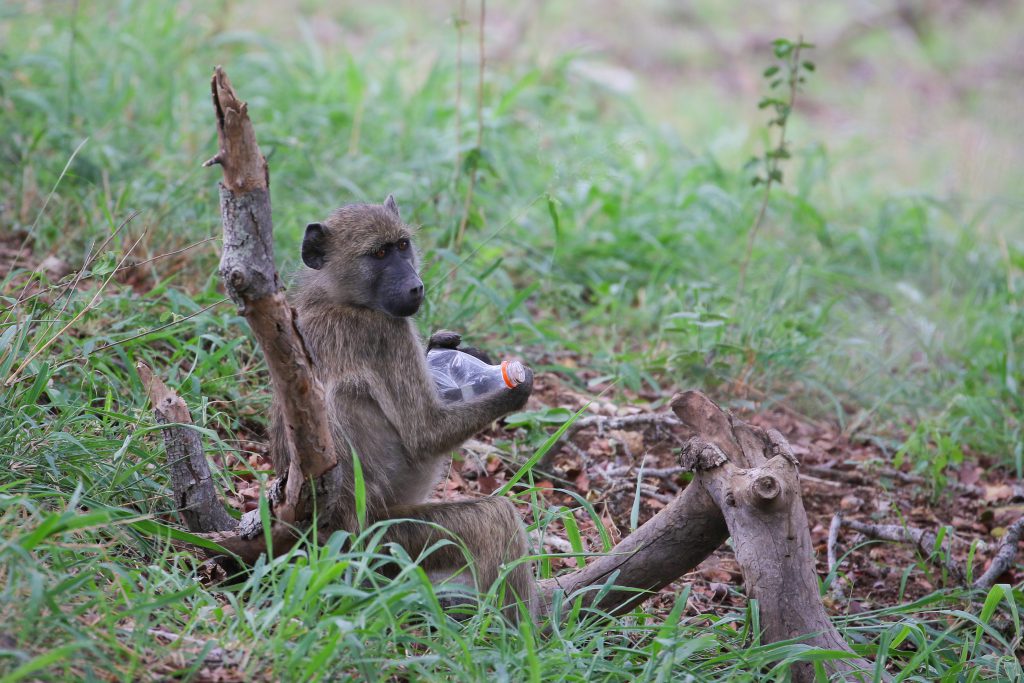
Effect of litter on health and safety
Litter carries germs that, over time, become a breeding ground for bacteria. Human exposure to these germs can lead to diseases such as cholera and typhoid. One-third of existing litter is made of tobacco products. Cigarettes can cause fires and they contain toxic chemicals such as arsenic, cadmium, and lead, which can contaminate the environment. These chemicals, as well as those from other forms of litter, can poison the soil, and polluted water and metals can also leach into groundwater supplies. The quality of the air we breathe can also be affected due to the smell and toxic/chemical vapour. Researchers estimate that more than 40% of the world’s waste is burned in the open air, releasing toxic emissions. These emissions can cause respiratory and other health issues, and even be a starting base for acid rain.
The issue of littering also has a negative impact on the economy as municipalities are forced to spend a lot of money on hiring people to clean up. This money is often obtained by taxing citizens which means that even the people who aren’t part of the problem are paying the price for it. Tourism is also affected as the number of tourists decreases if an area is smelly and unsightly.

Author, Katherine Hannigan, once said, “We don’t own the earth. We are the earth’s caretakers. We take care of it and all the things on it. And when we’re done with it, it should be left better than we found it.” Littering is a big societal issue and it is important for society to take action before the effects are irreversible.



